by Brad Myler
Filing a SSDI or SSI application can seem a bit overwhelming. A great deal of information about you is required, especially in regards to your work history, medical records and details about your illness or injury. All information must be as detailed and accurate as possible to avoid delays and improve the chance that your SSI disability claim will be approved.
To get started, you should begin by understanding what the Social Security Administration wants from you and learn the best way to present your information. This will give you the best chances.
The first step to complete a SSI disability application is gathering all applicable paperwork. Some information or paperwork can be obtained at the Social Security office, if necessary. If the application will be filled out in person, bring your Social Security card or an official record of your number and your birth certificate or proof of your age.
You will also need statements about the home you’re living in, such as the mortgage paperwork or any lease agreement. Payroll slips, insurance policies and information about income is absolutely vital, as well as records about your valuables and belongings. You’ll need the addresses, names and contact information for all clinics, hospitals and physicians that have treated you or been consulted to prove disability. You will also need proof of United States citizenship and paperwork showing your bank account number.
While filling out the application, make sure all medical conditions are listed, not just the one that affects you the most. The Social Security Administration considers all factors together to determine your disability. Include as much evidence of your condition as possible, including treatment notes from the doctor, physician reports and hospital records. This is important to do with your first application because it takes months for an initial decision to be made.
The Social Security Administration will also have you fill out a form called the Function Report SSA-3733, with a 10 day deadline. This form is used to determine how your daily functions are limited by your disability and this is perhaps the most important form to complete. If possible, have a lawyer review your SSDI application before you submit it to ensure it’s complete and accurate.
Fortunately, it’s not necessary to apply for SSDI in person. You may also apply online, by mail or over the phone. Disabled and blind children under the age of 18 may have their parents or guardians submit their application on their behalf. Typically, it takes about 4 to 5 months before you are informed if you were approved for SSDI. For this reason it’s important to submit a SSI disability application as soon as possible.
However, if the prospect of filing for SSI on your own seems a bit daunting, there are other options. Here at Trajector Disability, we specialize in assisting with the application and appeals process for both SSI and SSDI. If you would like our help with your application, simply call the number at the top of this page, or fill out the short form on the right. And, best of all, we charge no fee unless you win.
For further SSI help or information on SSI back pay, contact Trajector Disability Advocates (formerly Myler Disability).


